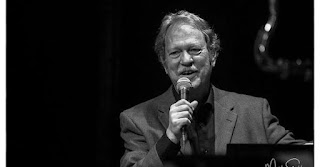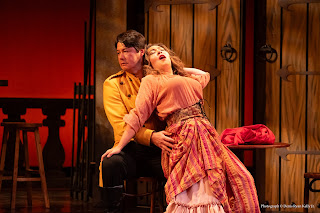Kenny Banks Jr. returns as Kenny Phelps' special guest

On Christmas Eve eve, which some social-media wag has dubbed "Christmas Adam," Kenny Banks Jr. Kenny Banks at work, bringing lights to the keyboard returned to the Jazz Kitchen, where he first attracted widespread attention here. That splash was in the Premiere Series of the American Pianists Association jazz competition in 2018-2019 , when he was one of the finalists. Hearing the second set Saturday night, I was pleased to take in his pixieish, magpie range of bits and pieces of music he was able to relate to whatever he announced before or after. He had the joy of sharing the bandstand with two musicians hired for that competition's series of trio appearances at the durable jazz club: bassist Nick Tucker and drummer Kenny Phelps. The bond held, clearly. It was Phelps' gig officially, but in his gracious introduction, he made clear that Banks would be shaping the performance. The seasonal thrust was evident in the first piece, with considerable tweaking of the f






.jpg)







